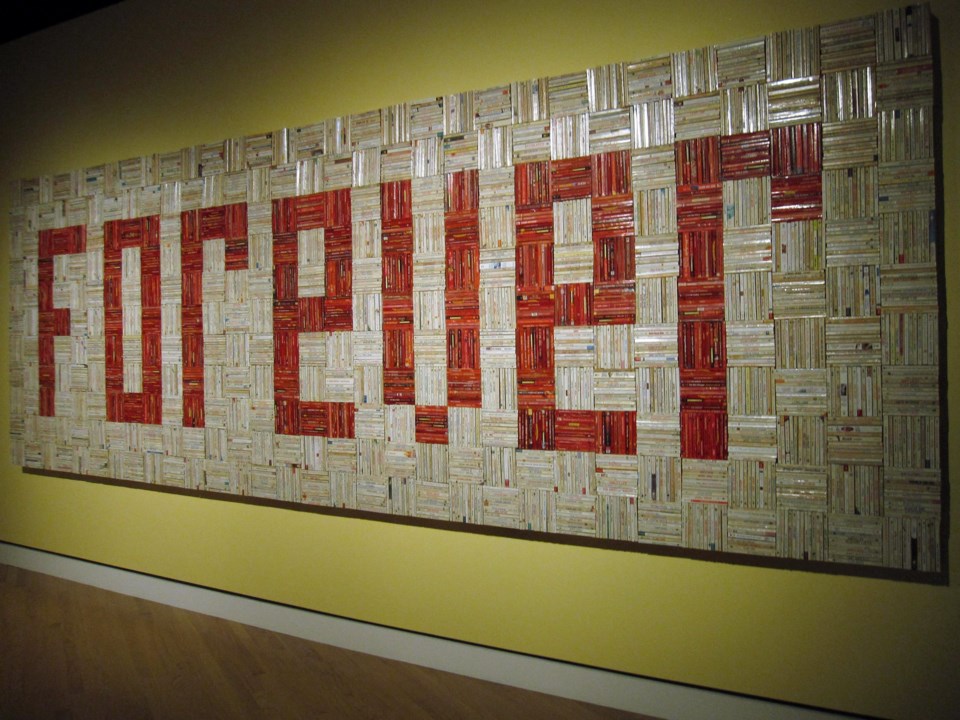A new generation of romance novel consumers hasmoved a long-standing three-way conversation between reader, writer and publisher onto social media, industry insiders say, speeding up an already fast-moving segment of the publishing world.
Those involved in romance publishing say the genre has long been nimble, adapting to societal shifts and consumer demand at a comparatively breakneck pace. The changing social views reflected in romance novels — from stories that centre queer joy to books written by and about members of diverse communities — can serve as a bellwether for the direction of general fiction.Â
But conversations once relegated to private spheres are now visible to large online audiences.
"This younger reader coming into the category is so loud and proud about romance and is sharing such interesting perspectives and details around what they like, what they don't like, why they're recommending this book, why they're not recommending that book," says Farah Mullick, the Toronto-based vice-president, associate publisher of Harlequin.
"To me, that voraciousness and passion — particularly in terms of what they like and what they don't like — is a hallmark of who a romance reader is."
When Harlequin got its start 75 years ago — in Winnipeg, she notes — readers sent letters to the publisher with feedback. Over the decades, some would also write reviews for trade publications and newsletters, and later blogs.
But social media — most notably TikTok — has invited a broader audience into that conversation, Mullick says.Â
Not only are more people talking about romance — more people are buying it, said Rania Husseini, senior vice-president of print at Indigo.
"We've seen sales double in the last year alone," she says. "The buying team here at Indigo, we're constantly telling publishers: there's room (for more)."
The romance novelist Opal Wei, who was born in Vancouver and raised in Winnipeg, has had a front-row seat to that change.
Her first book, written under the name Ruby Lang, was published in 2015. But before that she wrote about romance novels for an online publication and became steeped in the discourse.
"When you have such a giant group of people in all sorts of age groups and orientations, when you have that, if people are glomming onto something, it's time to take notice," she says. "That's how trends are made."
For Wei, that's meant centring the stories of characters who look like her. She was one of theauthors who started writing best-selling romance novels about Asian characters about a decade ago.
Now, those books are everywhere.Â
"I love the fact that I can find books where there are, frankly, main characters of East Asian descent," she says. "I am not saying that they did not exist before, but it was just harder to find. It was harder to know where to look for them."
That's true of other groups, too, Wei says.
She recalls an article in "The Walrus" by the novelist Casey Plett, published nearly a decade ago, lamenting how transgender characters in "literary" novels were portrayed as one-dimensional, tragic figures. Where was the nuance, Plett asked in the piece.
"I remember thinking, 'That, my friend, is romance. Those are romance novels. You could read romance novels,'" Wei says.
Nuanced trans stories have since become more common in literary fiction, thanks in part to Plett herself, but Wei notes romance led the way.
The genre has long focused on "own voices" stories — books about diverse communities written by members of those communities. Queer authors write romance novels about queer characters, autistic authors about autistic characters, and so on.Â
That sort of progressiveness is at least in part because of the widespread acceptance of independent publishing in romance, Wei says. A self-published romance novel is not automatically written off by readers, and can rake in a huge audience.
Those self-published works can serve as a sort of proof of concept for traditional publishers, says Mullick.
"A lot of our authors will dabble both in traditional publishing and self-published works, so we've definitely embraced that," she says. "We often look, in the self-pub space, for things that are bubbling up."
And when it comes time to publish, Harlequin and its ilk move quickly.Â
Romance writing and editing isn't any faster than other genres, but the publishing process can be, Mullick says.
Harlequin operates what Mullick describes as a series model, publishing books every 30 days under different brands. There's Harlequin Presents, which publishes eight books per month; Harlequin Intrigue, with romantic suspense; and Love Inspired, whose stories are faith-driven, among others.
All together, Harlequin publishes 110 books per month — more than any of parent company HarperCollins's other divisions.
But because they operate at such a volume, they've streamlined the process and don't need to worry about whether bookstores will buy what they're offering because they secured those deals long ago.
"We've enabled ourselves to sort of get around that and so we can bring a book to market faster once it gets through the acquisition, editing and printing process."
Some writers are also focused on volume.
Stacey Kennedy, who's based in southern Ontario, has published more than 50 books since 2013, some of them self-published and some through traditional publishers.
Her characters now are more nuanced than they were when she started, with deeper backstories, because that's what reviewers connected with, she says.Â
"Before, I could write a story and not really get into the nitty gritty of what (the characters have) been through. You could kind of touch on your past and say, this was something that happened, but the focus was more on the plot."
Now, she says, she can continue to write out-there plots and put her characters in wild situations, but the relationship at the centre of the story has to be grounded in an emotional truth.
"In this job you have to continue to learn," she says. "You're learning all the time."
This report by The Canadian Press was first published Feb. 13, 2024.
Nicole Thompson, The Canadian Press



